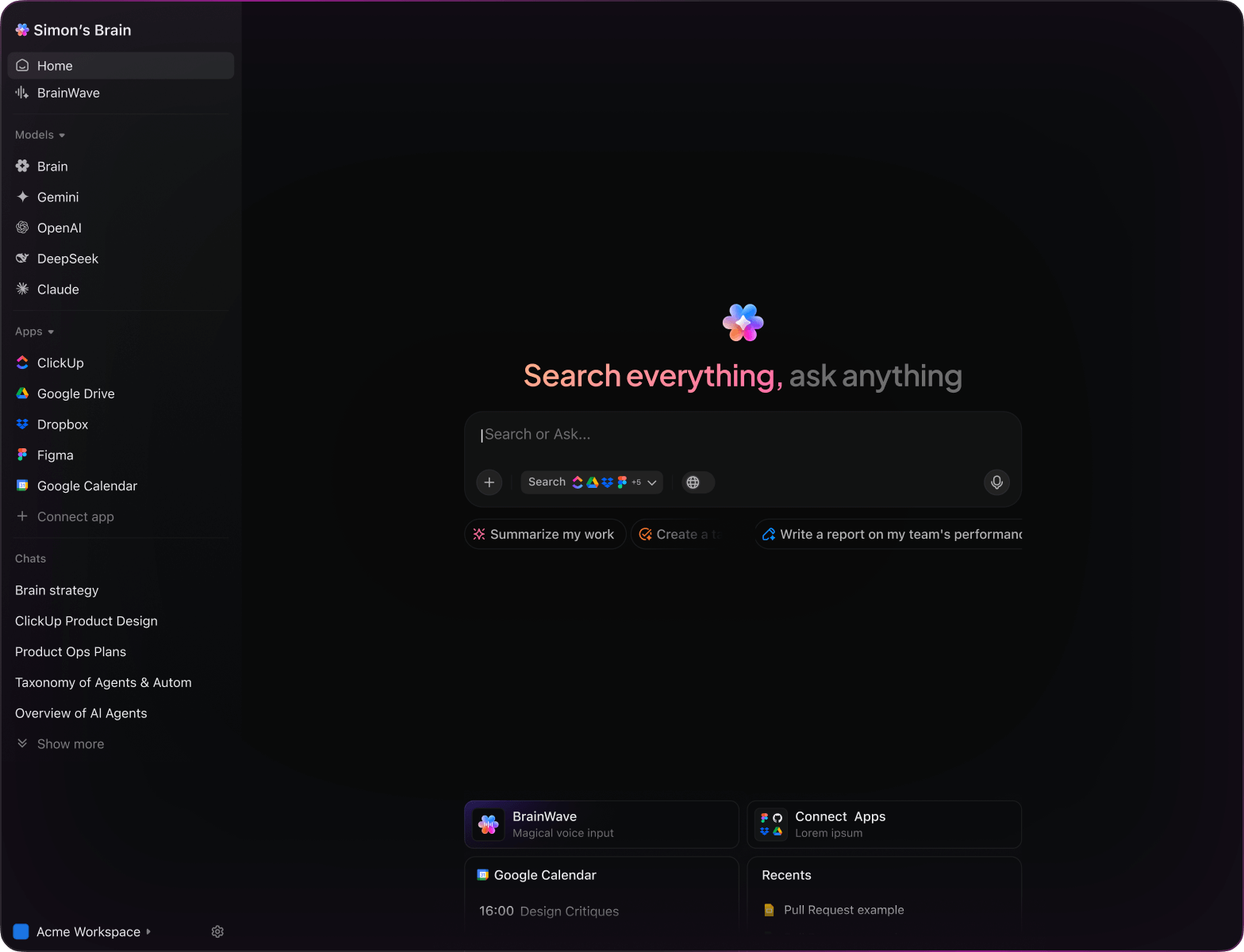AI Incident Reporting
Top AI Prompts for Incident Reports
Document incidents clearly, reduce reporting time, and enhance team response with ClickUp Brain’s intelligent prompts.
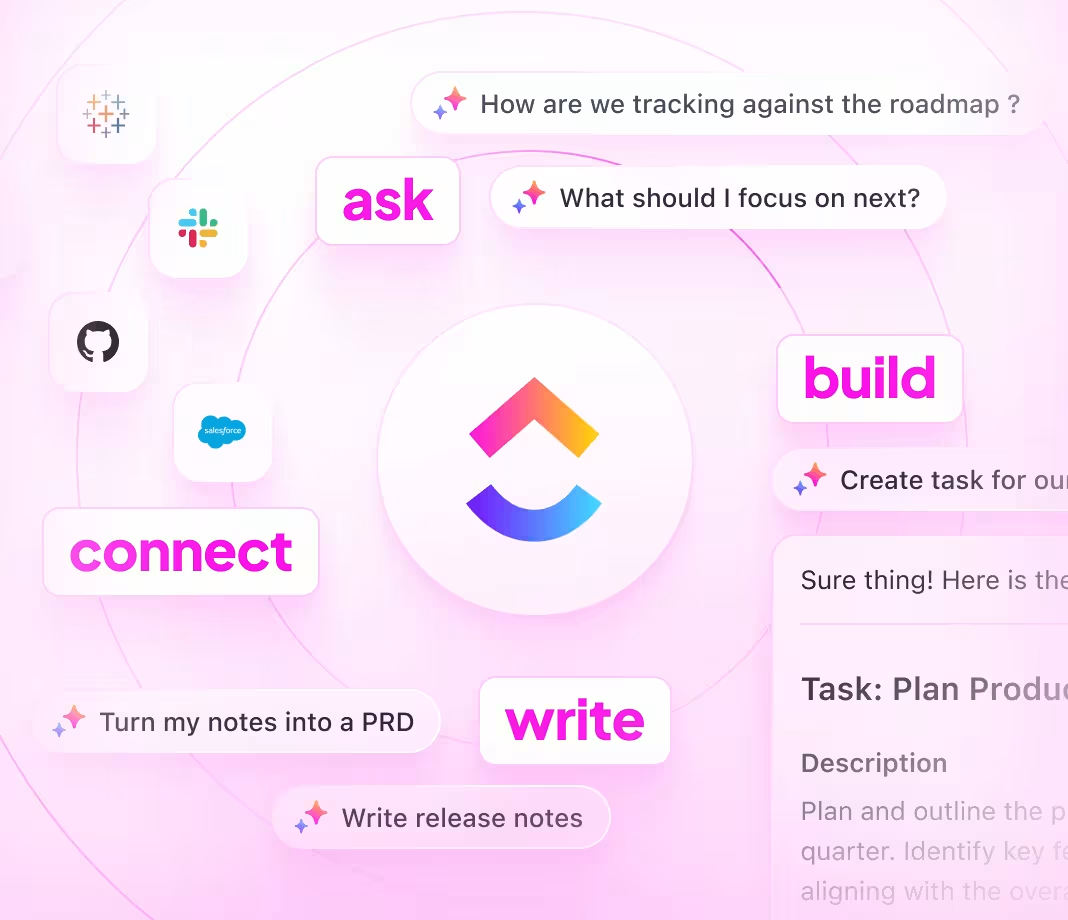
Trusted by the world’s leading businesses
AI in Incident Management
Revolutionizing Incident Reporting with AI Prompts
Handling incidents swiftly and accurately demands more than quick reactions—it requires clear, detailed documentation.
From initial detection to root cause analysis and resolution tracking, incident reporting involves numerous steps and stakeholders. AI prompts are now critical in streamlining this process.
Incident response teams leverage AI to:
- Instantly extract key facts and timelines from raw reports
- Generate detailed incident summaries with minimal effort
- Highlight compliance requirements and safety protocols
- Transform scattered notes into structured reports, action items, or follow-up tasks
Integrated into familiar tools—such as docs, boards, and task lists—AI in ClickUp Brain acts as a silent partner, converting fragmented inputs into precise, actionable incident records.
Comparing ClickUp Brain with Other Solutions
Why ClickUp Brain Stands Out
Designed to understand your work environment deeply, ClickUp Brain lets you focus on action instead of explanation.
Conventional AI Assistants
- Constantly flipping through apps to find relevant info
- Repeating your objectives with every new query
- Receiving generic, irrelevant outputs
- Hunting through multiple platforms for a single document
- Interacting with AI that only processes input without context
- Manually toggling between different AI engines
- Merely an add-on in your browser
ClickUp Brain
- Instantly accesses your tasks, notes, and team communications
- Keeps track of your previous work and objectives
- Provides detailed, context-aware guidance
- Searches seamlessly across all your integrated tools
- Supports voice commands with Talk to Text
- Automatically selects the optimal AI model: GPT, Claude, Gemini
- Available as a native app on Mac & Windows for enhanced performance
Incident Reporting Solutions
15 Essential AI Prompts for Incident Reporting with ClickUp Brain
Enhance your incident management—capture, analyze, and resolve reports efficiently.

Identify 5 frequent incident categories in manufacturing environments, based on the ‘Safety Logs Q1’ document.
ClickUp Brain Behavior: Extracts incident descriptions and classifications from the linked document to suggest typical categories.

Analyze internal reports to highlight main causes of accidents in warehouse settings.
ClickUp Brain Behavior: Reviews safety reports and summarizes recurring risk factors; Brain Max can augment with industry data if available.

Using notes from ‘Incident Templates’ and previous reports, create a structured template for documenting slip and fall incidents.
ClickUp Brain Behavior: Gathers relevant fields and phrasing from linked docs to build a clear, actionable report format.

Summarize and contrast injury levels from ‘Incident Report March’ and ‘Incident Report April’ documents.
ClickUp Brain Behavior: Extracts and compares data points and narratives to produce a side-by-side injury assessment.

From safety protocols and incident follow-ups, compile frequent corrective measures for electrical hazard incidents.
ClickUp Brain Behavior: Scans internal documents to identify and list standard remediation steps and safety improvements.

Based on ‘Incident Response Guide,’ create a step-by-step checklist to secure and document an incident scene.
ClickUp Brain Behavior: Translates procedural notes into a clear, actionable checklist within a task or document.

Analyze ‘Near-Miss Logs’ and identify patterns or increases in reporting frequency and types.
ClickUp Brain Behavior: Extracts data trends and recurring themes from linked logs and reports.

Review ‘Employee Survey Q2’ to summarize common obstacles staff face when filing incident reports.
ClickUp Brain Behavior: Reads survey responses to identify key pain points and suggestions for improvement.

Using tone guidelines from ‘Communication Style Guide,’ draft sample follow-up messages for incident stakeholders.
ClickUp Brain Behavior: Adapts tone and style references to produce professional and considerate email templates.

Review updated OSHA guidelines and explain how they affect incident report requirements.
ClickUp Brain Behavior: Condenses regulatory documents into actionable compliance summaries; Brain Max can add latest public updates.

From policy documents, generate best practices for documenting incidents occurring during remote work.
ClickUp Brain Behavior: Extracts relevant rules and recommendations to form a clear reporting framework.

Using ‘Root Cause Analysis Procedures,’ build a structured checklist to guide investigation teams.
ClickUp Brain Behavior: Identifies key steps and converts them into an organized task list grouped by analysis phase.

Summarize and contrast average time-to-close metrics from ‘Dept Incident Logs’ for Q1 and Q2.
ClickUp Brain Behavior: Extracts and formats comparative data into an easy-to-read summary or table.

Synthesize recent research and internal notes on innovative tools improving incident identification and documentation.
ClickUp Brain Behavior: Gathers insights from reports and concept documents to highlight promising solutions.

Analyze survey and support tickets to identify usability issues and improvement areas for incident reporting tools.
ClickUp Brain Behavior: Extracts and prioritizes user comments and problem reports from linked feedback sources.
Create Incident Reports Efficiently with ClickUp Brain
Cut down on errors, unify your team's efforts, and produce accurate incident documentation using AI-driven processes.





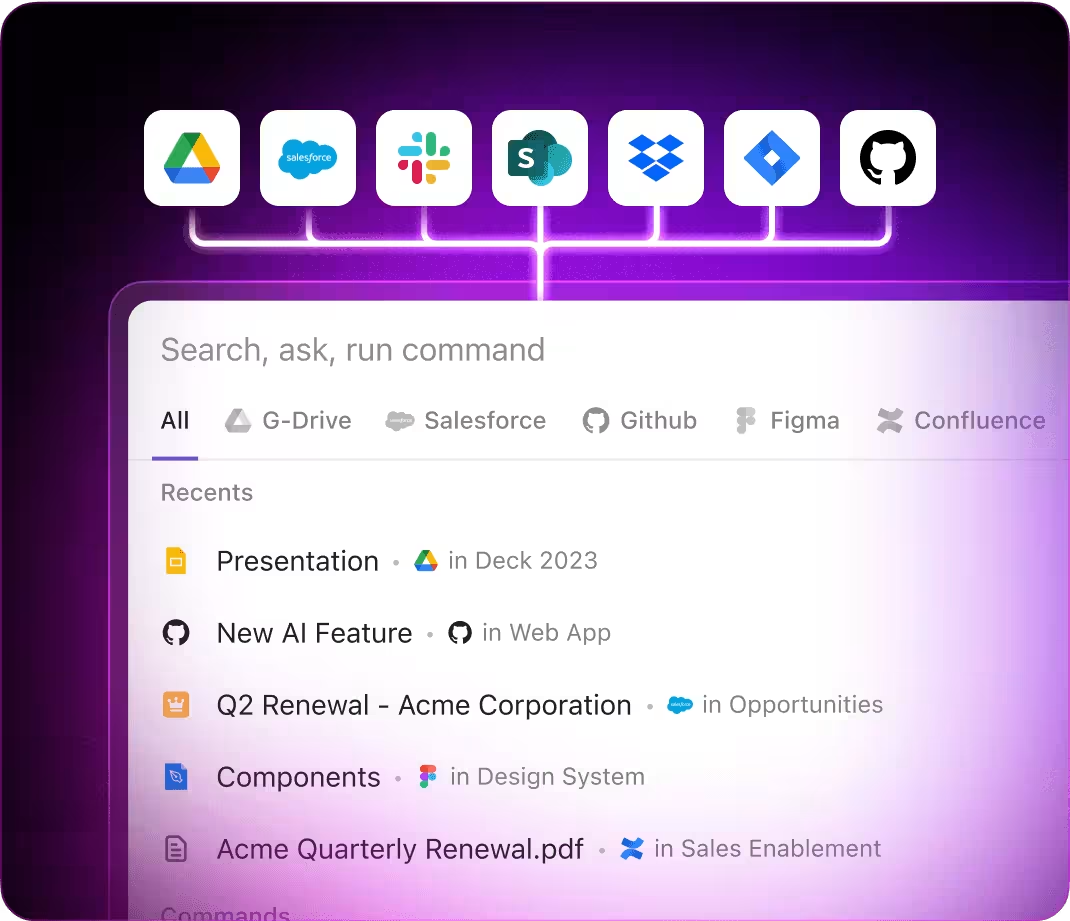
Incident Report AI Prompts Powered by ClickUp Brain
Discover how ClickUp Brain enhances incident reporting with intelligent prompts and actionable insights
Prompts for ChatGPT
- Outline a 5-step incident summary highlighting key causes and impacts.
- Draft clear communication for stakeholders detailing incident resolution progress.
- Generate 3 alternative response strategies for a data breach incident emphasizing containment and recovery.
- Write a detailed workflow for coordinating cross-departmental incident response.
- Compare recent incident reports and summarize recurring issues to inform prevention plans.
Prompts for Gemini
- Propose 3 incident classification frameworks tailored for IT service teams.
- List innovative notification methods for incident alerts prioritizing urgency and clarity.
- Create a mood board description for a crisis management dashboard focusing on usability and real-time data.
- Suggest team roles and responsibilities for managing high-severity incidents, ranked by impact.
- Develop a comparison chart of incident management tools highlighting features, scalability, and integration.
Prompts for Perplexity
- Identify 5 best practices for documenting security incidents and rank by effectiveness.
- Provide a comparison of incident response frameworks focusing on speed, thoroughness, and compliance.
- Summarize global trends in incident reporting automation and adoption rates.
- Generate a list of 5 innovative root cause analysis techniques and rank by applicability.
- Compare past incident reports and extract top 3 lessons to improve future responses.
Prompts for ClickUp Brain
- Transform this incident log into prioritized action items with assigned team members.
- Summarize post-incident review notes and create follow-up tasks with deadlines.
- Analyze annotated incident timelines and generate a checklist for compliance verification.
- Compile a task list from this cross-team discussion on incident mitigation strategies, including urgency levels.
- Summarize user feedback from incident response drills and generate actionable improvements in ClickUp.
How ClickUp Supports You
Transform Initial Thoughts Into Polished Reports
- Convert scattered observations into clear, detailed incident reports swiftly.
- Generate new insights by analyzing previous incident data.
- Build standardized templates to accelerate reporting across teams.
Brain Max Boost: Quickly access historical incidents, notes, and evidence to guide your current report creation.
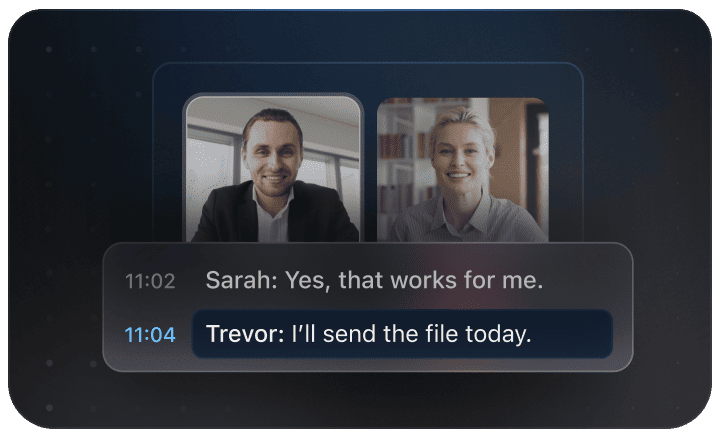
Why Choose ClickUp
Accelerate Incident Reporting Workflows
- Break down chaotic incident details into organized, actionable items.
- Transform raw observations into structured, assignable reports.
- Automatically compile incident summaries and follow-up tasks without extra effort.
Brain Max Boost: Instantly access historical incident logs, related case files, or response protocols across your teams.
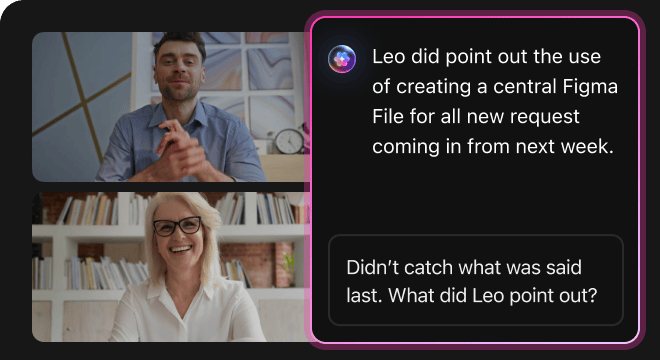
AI Advantages
How AI Prompts Enhance Every Phase of Incident Reporting
AI prompts accelerate reporting accuracy and empower teams to resolve incidents effectively.
Create Detailed Reports Quickly
Incident responders draft comprehensive reports faster, capture critical details, and reduce reporting delays.
Improve Incident Analysis Accuracy
Enhance the precision of your assessments, minimize errors, and ensure compliance with standards.
Identify Issues Early to Prevent Escalation
Detect potential problems sooner, lower the risk of costly follow-ups, and improve resolution times.
Align Teams with Clear Communication
Facilitates transparent updates, reduces misunderstandings, and accelerates coordinated responses.
Drive Continuous Process Improvements
Encourages insightful feedback, uncovers root causes, and supports proactive safety measures.
Integrated AI Support Within ClickUp
Transforms AI-generated insights into actionable tasks, keeping incident management on track.
Speed Up Your Incident Reporting
Cut down mistakes, simplify communication, and generate clearer reports using AI support.





